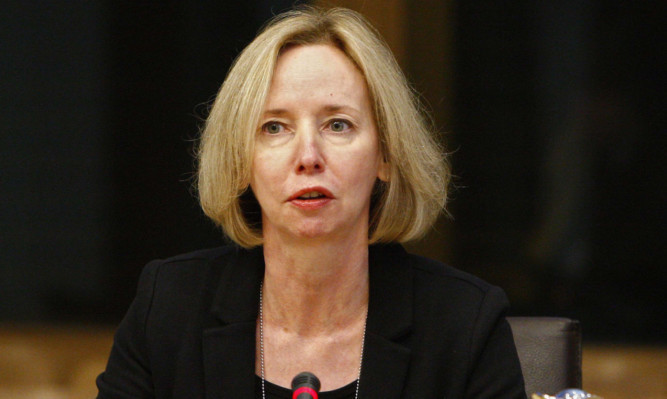New Scottish tax returns could be processed using pen and paper if the country’s already delayed and over-budget new authority is not ready in time, one of its chiefs has admitted.
Revenue Scotland head of revenue Eleanor Emberson told MSPs tax collectors were preparing for up to 800 returns a day when the new Scottish land and buildings transaction tax goes live on April 1.
A report by spending watchdog Audit Scotland said there is an “increased risk” the IT system may not be ready as government officials underestimated the challenge of creating a new Scottish tax authority.
Ms Emberson admitted her estimates “were not found out to be as accurate as I would have wished” but she asked MSPs to believe her assurance that the system will be ready for April 1 and challenged Audit Scotland’s perception that this timescale is at risk.
She then revealed: “The contingency plan is for everyone who is submitting a land and buildings transaction tax to submit paper.”
Ms Emberson said she spoke to Audit Scotland prior to the publication of a critical report last week “to challenge their perception of risk”.
Auditor General Caroline Gardner dismissed the challenge, insisting her report was not “speculative” but based on the “evidence available to us, which has been agreed for factual accuracy with colleagues in government and Revenue Scotland”.
She added: “There is an increased risk that the system may not be fully in place as planned come April 1 but I am certainly not saying that the Government and Revenue Scotland won’t be in a position to collect taxes at that point.
“Revenue Scotland didn’t have, early enough, in place the staff needed to manage a programme of this scale and complexity.”
